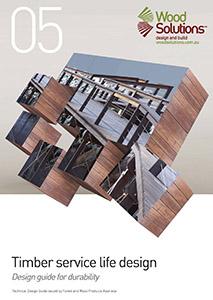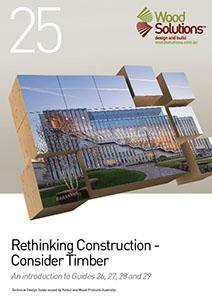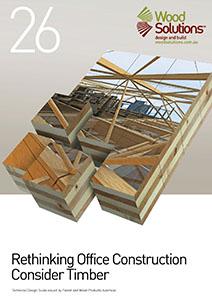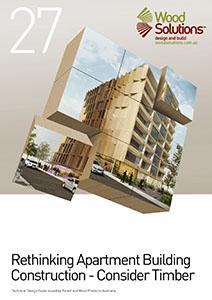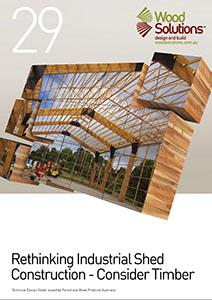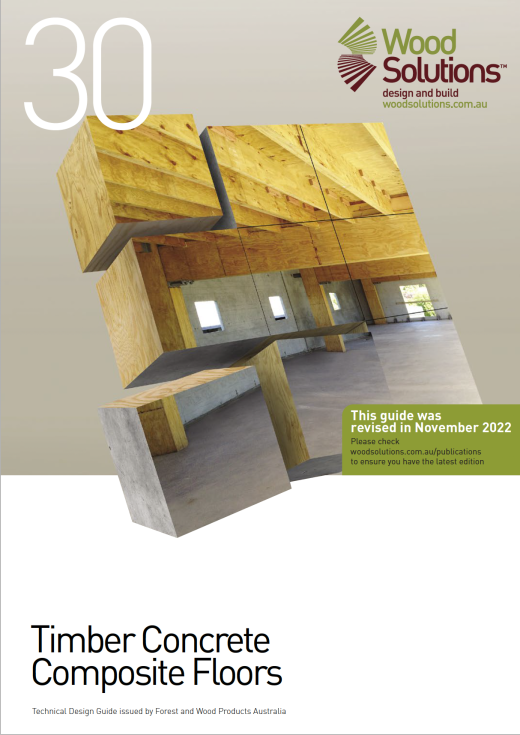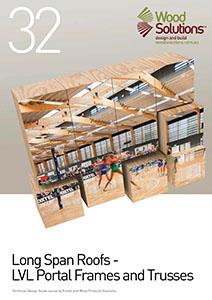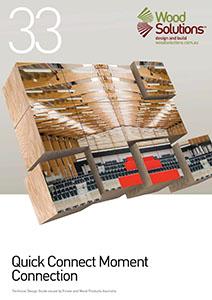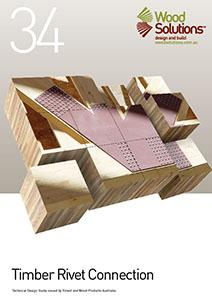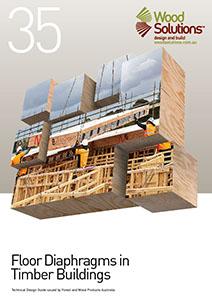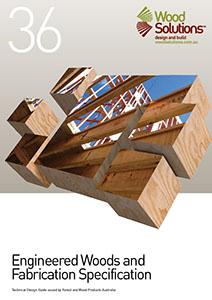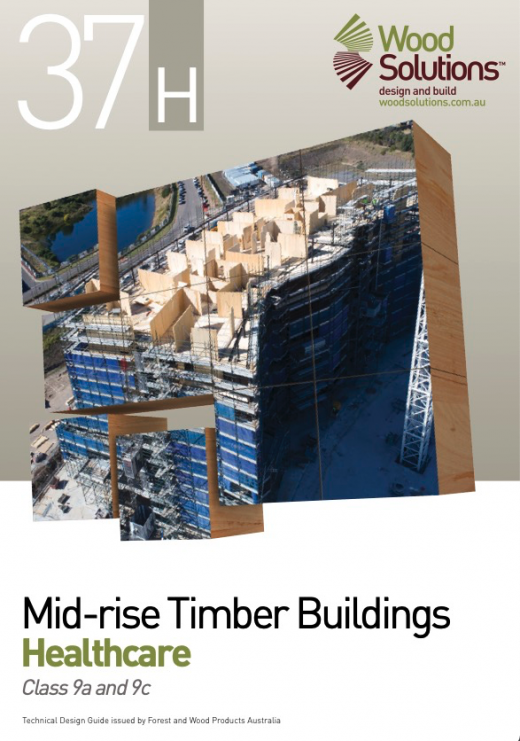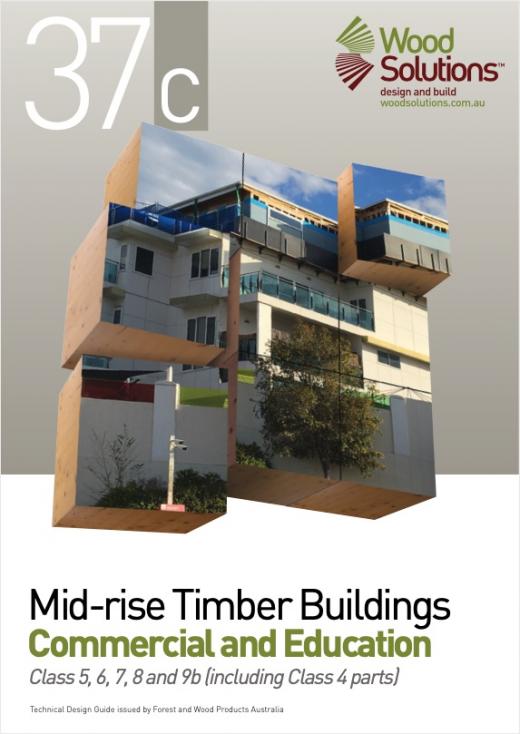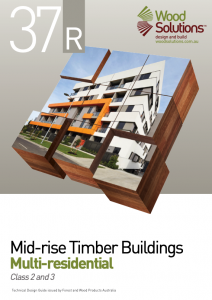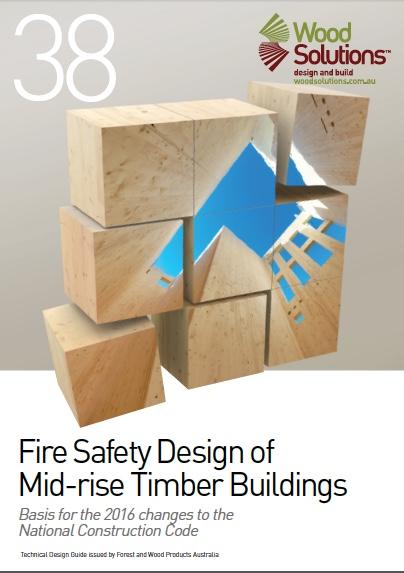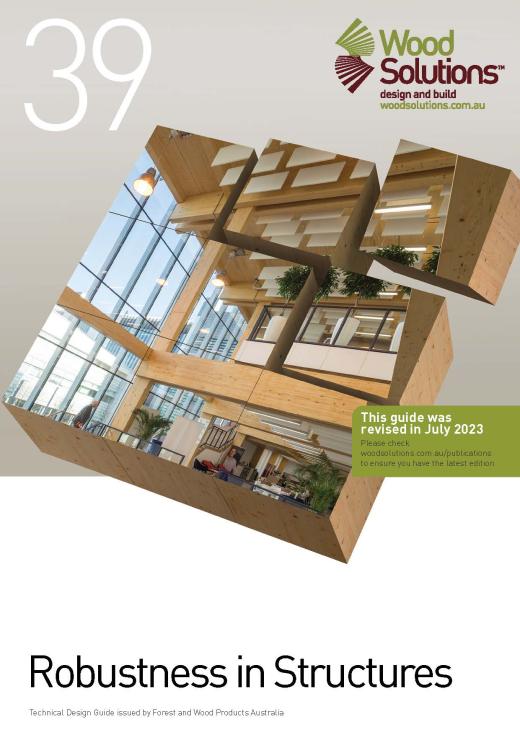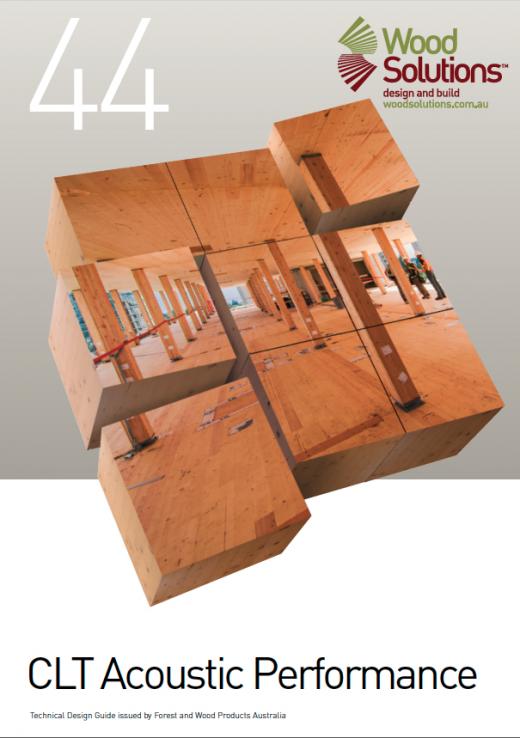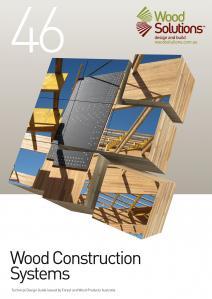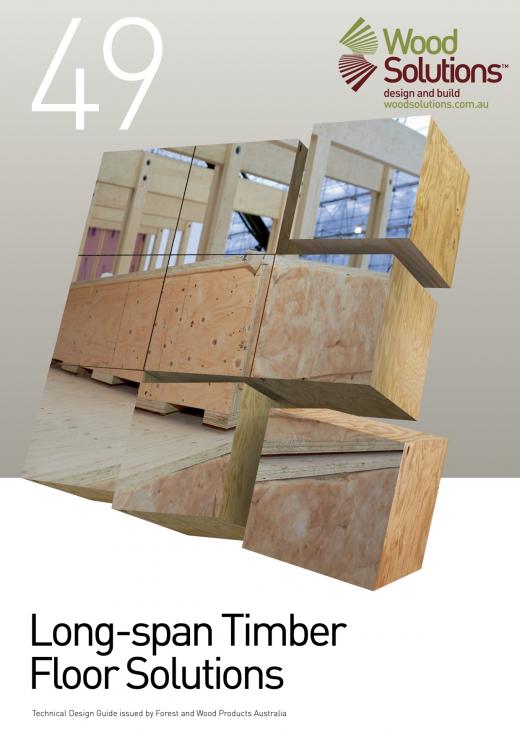Information to give building and construction industry professionals confidence in determining the service life timber in a wide range of applications, from sole plates to suspension bridges
An overview, to be used in conjunction with guides 26, 27, 28 and 29
Discover how savings of up to 13% can be achieved
Expand your design thinking with timber composite floors that span up to 10m
Design solutions for three roof configurations with spans from 10m to 70m
A new connection that simplifies the design and construction of portal frame structures
Designing flexible and rigid floor diaphragms, including structural elements and connections
A summary of fabrication and installation specifications of engineered wood products
This Guide applies to mid-rise NCC Class 9a and Class 9c healthcare buildings or parts of buildings that are to be constructed using fire-protected timber in accordance with the DTS pathway.
The NCC defines a healthcare building as a building whose occupants or patients are undergoing medical treatment and generally need physical assistance to evacuate the building during an emergency and include:
This Guide explains how to achieve the targeted fire and sound Performance Requirements in the National Construction Code (NCC) for the following mid-rise timber buildings using the Deemed-to- Satisfy pathway for fire-protected timber first introduced in the 2016 edition of the NCC, with further developments included in the 2019 edition:• Class 5 – Office Buildings• Class 6 – Shops, Restaurants, Bars etc.• Class 7 – Carparks and Storage / Wholesale Facilities• Class 8 – Laboratory, Manufacturing / Processing Goods or Produce
This Guide applies to Class 2 and 3 Residential Buildings or parts of buildings. It aims to assist in providing specific advice on both of these areas and is specifically written for use by designers, specifiers, builders, regulatory and certifying authorities.
This Guide:
describes the DTS solutions in the NCC 2016 for mid-rise timber buildings and explains the underlying fire safety principles
provides details of the fire engineering analysis undertaken to compare the mid-rise timber building solution with non-timber DTS solutions
presents useful data and analysis methods relevant to the fire safety design of timber buildings
A best practice guide for Australian buildings offering advice, design methodologies and details for typical building types.
The results of a research program into the acoustic performance of CLT in various system configurations
This guide is designed to assist practicing structural engineers and other building design professionals to confidently develop conceptual structural designs for timber-rich buildings and structures.
This guide covers two timber floor solutions – cassette type floors (using LVL or glulam web and LVL or CLT flanges) and panel-type floors (using CLT or combination of CLT with LVL or glulam secondary members) – that have the potential to be used for at least 9 x 9 metre mid-rise commercial building.These floor alternatives have been arrived at, based on industry input, to address key concerns when designing long-span timber floors: constructability and floor dynamics.

